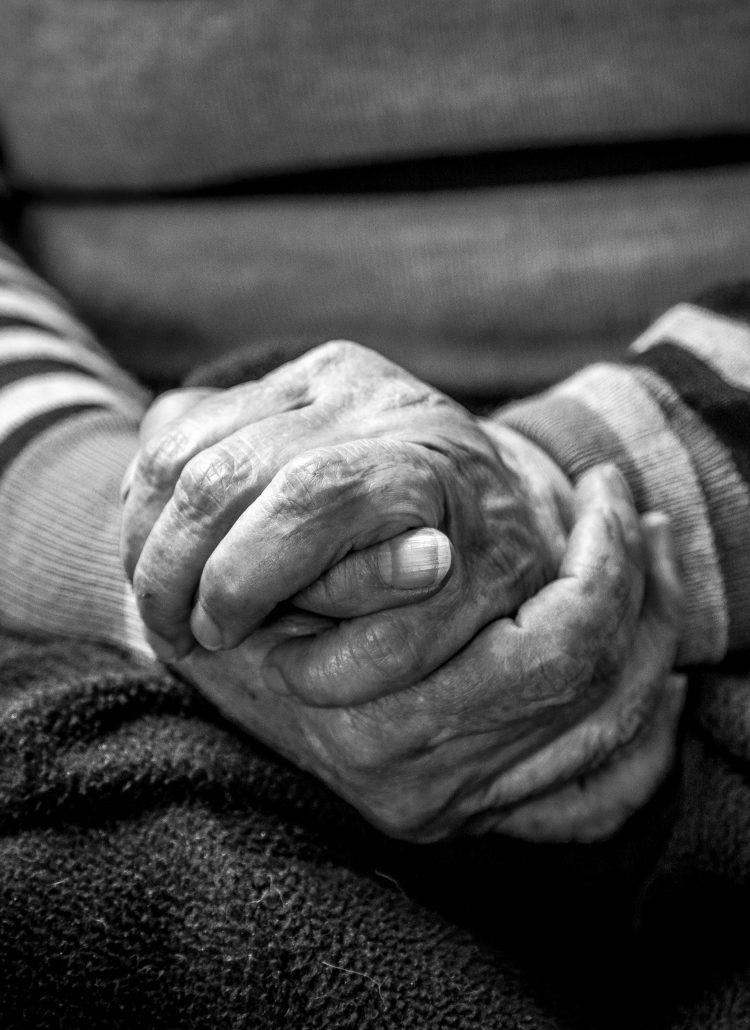On Motherhood
What would second century martyrs say to the American Evangelical Church today? This question was on the minds of all who attended the Frank and Pauline Patterson Lecture series featuring Dr. Lynn Cohick—a distinguished professor of New Testament at Houston Theological Seminary.
In her first lecture, Dr. Cohick highlighted the life of two women: Perpetua, a distinguished Roman citizen, and Felicitas, a Roman slave. These second century women were followers of Christ and considered leaders in their church. And by decree from Emperor Severus, they both lost their lives in the Roman arena for their Christian faith.
But Perpetua and Felicitas were also mothers. Perpetua had a son whom she still nursed while Felicitas was a mere two days postpartum when they entered the arena.
In a time when a mother who nursed her own child was indicative of being a good Roman, Perpetua brought shame on her family by her refusal to recant her faith. Even with the imminent loss of life and the seeming abandonment of her child, Perpetua chose her faith over family ties.
Felicitas delivered early—in order that she be executed with her fellow believers instead of later among robbers—and left behind a child to a motherless upbringing.
At the onset of her lectures, Dr. Cohick read Luke 12:51–53 where Jesus predicts that the way of the cross would lead to the crumbling of the traditional view of family, “…father against son,” and “daughter against mother…”
Matthew records an instance when Jesus’ mother and brothers are seeking him out. Instead of going to them he says, “Who is my mother, and who are my brothers?” Matthew continues— Pointing to his disciples, he said, “Here are my mother and my brothers.For whoever does the will of my Father in heaven is my brother and sister and mother,(Matthew 12:46–50).”
In other words, mothers and sons, daughters and fathers would be brought together not by DNA but rather devotion to God.
How literally we see this played out in the biographies of Felicitas and Perpetua.
In the words of Paul Harvey, “the rest of the story” tells us that Perpetua, turned her son over to be raised by her mother. Felicitas gave her child—a daughter—to the Christian community of which she considered her family.
I’m reminded of Jesus on the cross who gave his mother to the disciple he loved before he gave up his spirit and died (John 19:25–27). In a culture where women were dependent on the men in their lives for provision, Jesus stuck to his mission while providing for the needs of his widowed mother.
Dr. Cohick observed Felicitas’ daughter would have heard the annual story of her mother’s commitment to Christ and the way she was a spiritual mother to the early believers. There would be a yearly reminder that her mother lost her life because she believed in something more important than even family—faith.
On Martyrs
In the complex book Silence, author Shūsaku Endō details the fictional life of a missionary in 17th century Japan who has come to proselytize the locals. Only it’s harder than he anticipates. The environment is hostile toward Christianity and violent persecution of its followers is rampant. When he witnesses the cruel and painfully lingering deaths of some of his flock he contemplates, “Do I want to be as heroic as that?”
It can be tempting to romanticize the idea of martyrs. Or even hypothesize how we might handle a similar situation were Christianity to be outlawed and believers persecuted for their faith. But as Tish Harrison Warren writes in her book Prayers in the Night, “…no matter what we claim to believe or disbelieve, what rises to the surface in our most vulnerable moments is inevitably the story on which we build our lives.”
Perpetua and Felicitas built their lives on the belief that Christ had risen, and their deaths would lead to resurrection with him. Immediately. Their suffering would lead to the most beautiful sight—their savior Jesus.
In his book Silence and Beauty, Mako Fujimura wrestles with this type of suffering. He writes, “This does not mean those marked by Christ will not suffer or that we have different rules than the rest and can all act without prudence. But our suffering will have meaning…”
On Meaning
My local church just lost two precious women of the faith within a weekend of one another. One died of more natural causes while the other succumbed to the disease of cancer. Despite our belief that they are now whole—without pain and in the presence of the Lord—we mourn. We comfort ourselves trusting they have been reunited with Christ. The moment they closed their eyes here was the same instant they opened them to gaze upon the face of Jesus.
It is in moments like these, when our eschatology best matches that of our second century sisters and brothers in Christ. Dr. Cohick explained that martyrs of these early centuries “performed their Christology in their bodies.” They leaned fully into their death sentence with the expectation that their lives on would earth would result in a heavenly renaissance. An instant rebirth.
These women of the second century and the women of my present have taught me much. Each left behind families—both biological and spiritual—who mourned and mourn their losses. They also bequeathed meaningful legacies of faith.
Mako writes, “Christ’s resurrected body still holds the wounds of the suffering at Calvary.” May we keep our hearts set on eternity with our Savior who holds the wounds of the suffering. May we remember the mothers, fathers, sisters, and brothers of the faith who have gone before us—dying to self and sometimes giving their very lives for the sake of the gospel. May we model the same sacrificial love for the family of God—looking to the day to come where pain will be no more. Our tear-stained faces wiped dry as we close our eyes on this earth and open them to the dazzling bright of the new heavens and new earth.
No guilt in life, no fear in death
This is the power of Christ in me
From life’s first cry to final breath
Jesus commands my destiny
No power of hell, no scheme of man
Can ever pluck me from His hand
Till He returns or calls me home
Here in the power of Christ I’ll stand
— Keith Getty and Stuart Townend




Leave a Reply